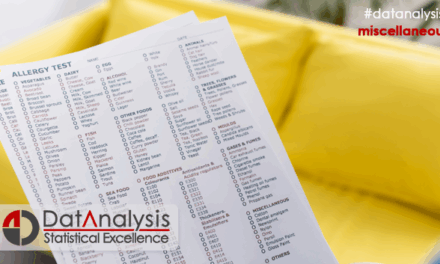Purpose
The scale measures the level of competitiveness among adolescent girls in relation to dieting behaviors. It has the ability to identify individuals who persist in their dieting habits even when the physical and psychological consequences are severe.
Brief description
This is a self-report scale that evaluates the degree to which an adolescent compares her appearance and eating behaviors (or avoidance of eating) with those of her peers. It calculates two dimensions of competitiveness. The first dimension refers to comparisons regarding physical appearance (attractiveness and body weight) with other girls, while the second concerns comparisons about dieting behaviors.
Sample
The adaptation and standardization of the scale in Greece is in its final stage.
Scoring method
The scale consists of 9 items divided into two factors. The first factor relates to comparative focus on appearance and dieting behaviors of other girls, while the second concerns social behaviors of individuals regarding diet and eating issues. Participants rate each item of the scale based on how much the statement applies to them. The possible scores for each item range from 1 to 5. The scale also includes reverse-scored items, for which the participants’ answers are evaluated inversely according to the degree of agreement or disagreement indicated. The final score is derived from the average of all responses.
Reliability
The Greek version of the scale was developed using the back-translation method. The psychometric properties of the scale in its original form are satisfactory (internal consistency reliability: Cronbach’s alpha = 0.77).
Primary bibliographic source
Huon, G. F., Piira, T., Hayne, A., & Strong, K. G. (2002). Assessing Body and Eating Peer-focused Comparisons: The Dieting Peer Competitiveness (DPC) Scale. European Eating Disorders Review, 10, 428–446.

![Dieting Peer Competitiveness Scale [DPC-9]](https://statistics.datanalysis.net/wp-content/uploads/2025/05/miscellaneous1-EN-650x400-250503.png)
![De Morton Mobility Index [DMMI-15]](https://statistics.datanalysis.net/wp-content/uploads/2025/05/miscellaneous1-EN-650x400-250503-440x264.png)
![Stroop Color-Word Test [SCWT-3]](https://statistics.datanalysis.net/wp-content/uploads/2025/05/miscellaneous5-EN-650x400-250503-440x264.png)

![Nijmegen Questionnaire (or Nijmegen Hyperventilation Scale) [NHS-16]](https://statistics.datanalysis.net/wp-content/uploads/2025/05/miscellaneous2-EN-650x400-250503-440x264.png)
![Behavioral avoidance-inhidition scales [BIS-BAS-24]](https://statistics.datanalysis.net/wp-content/uploads/2025/10/sociability2-EN-650x353-251002-150x150.jpg)